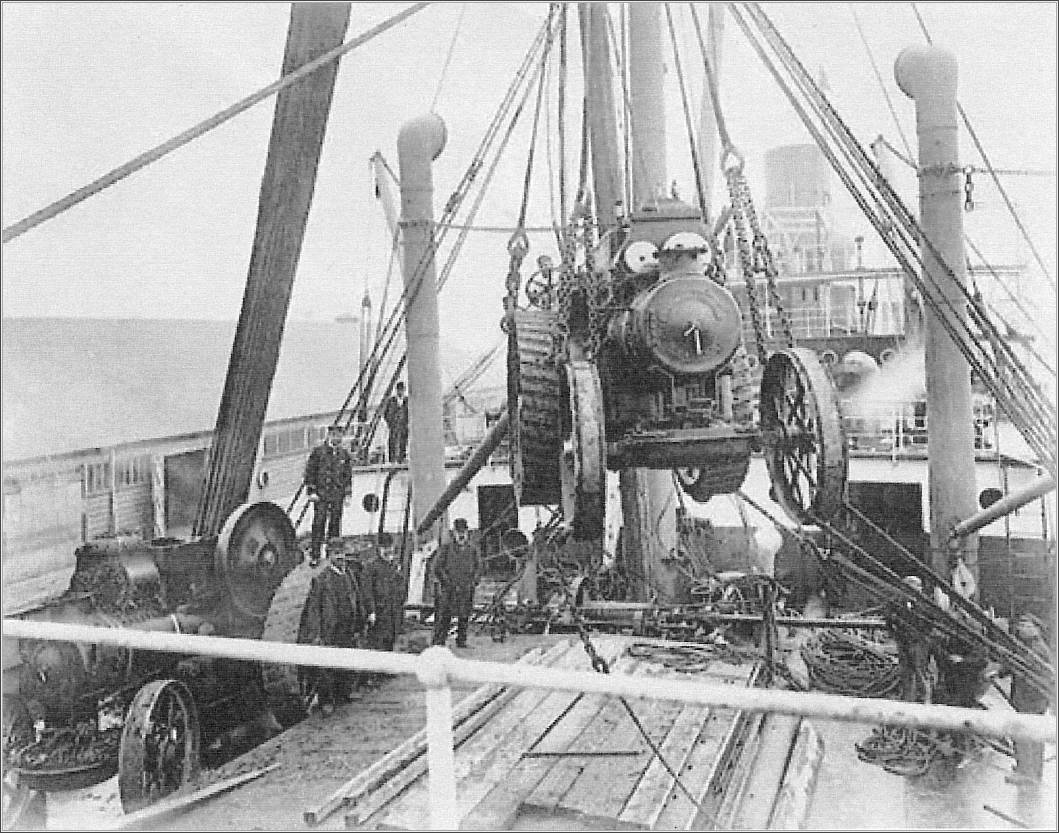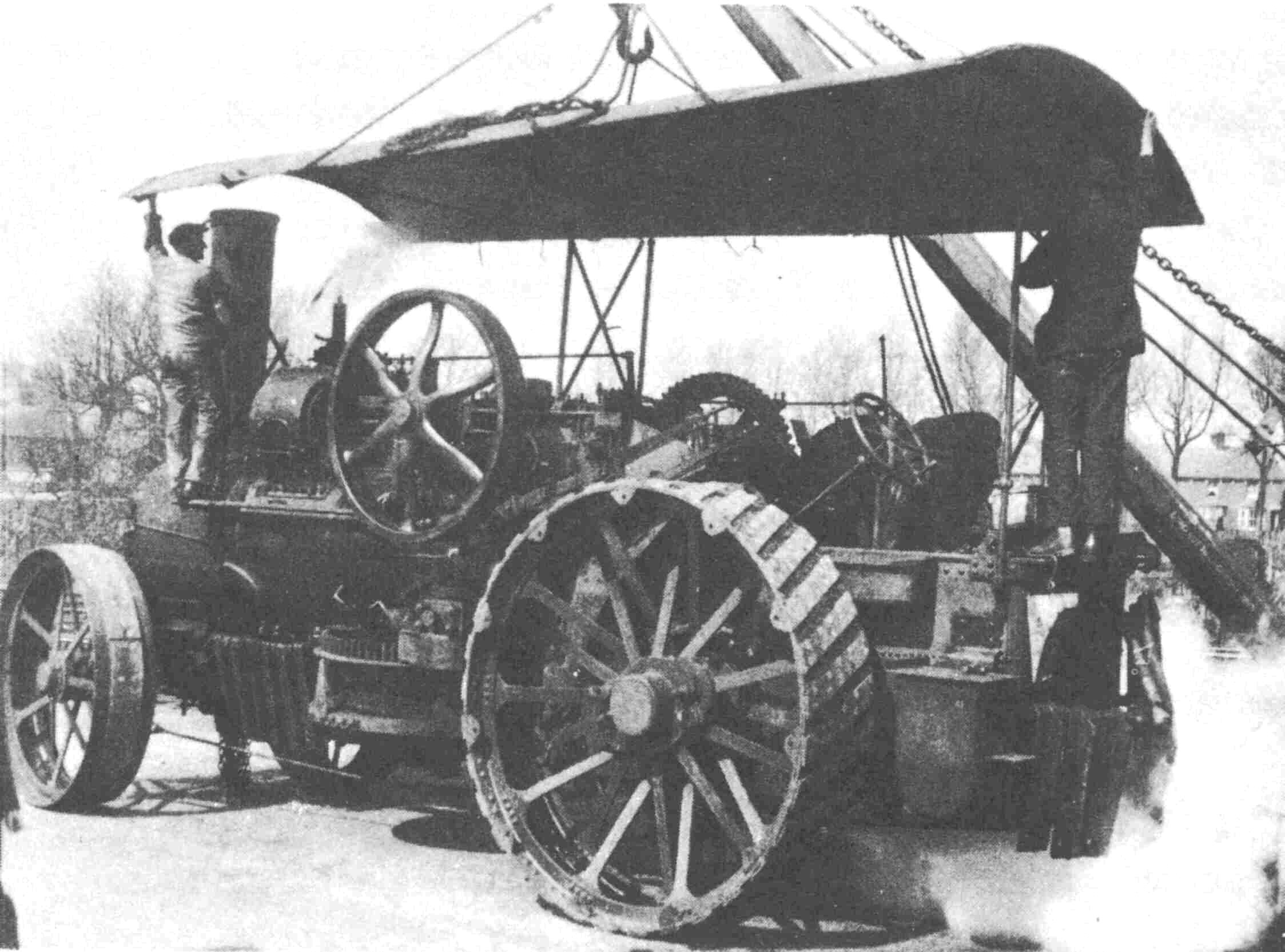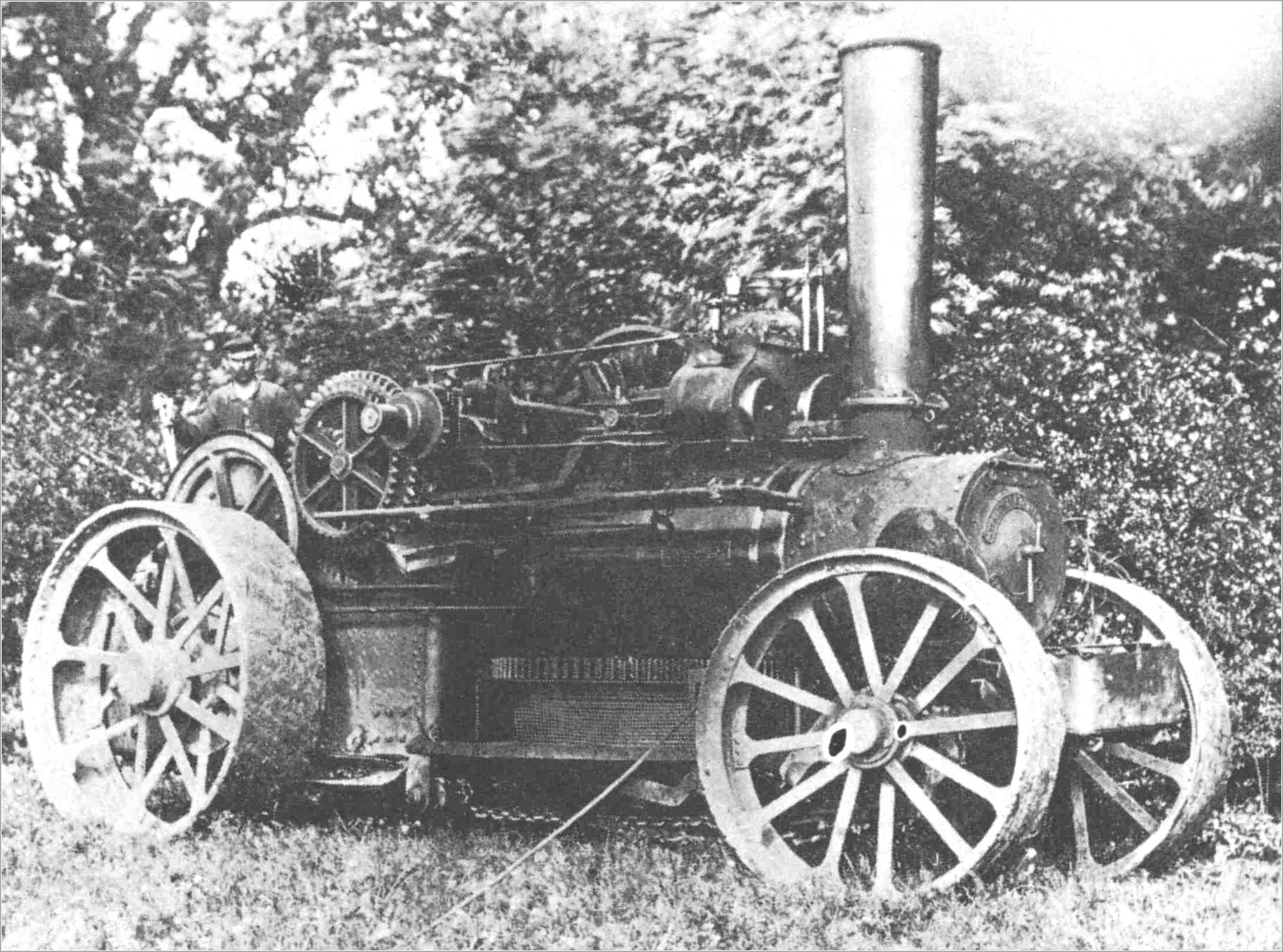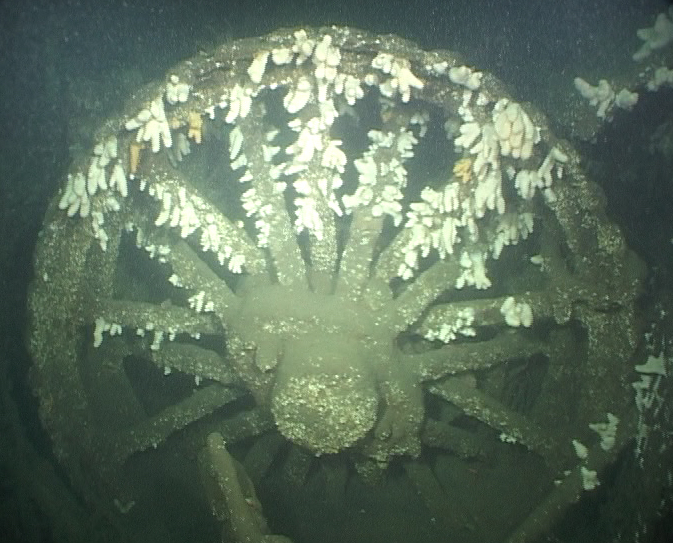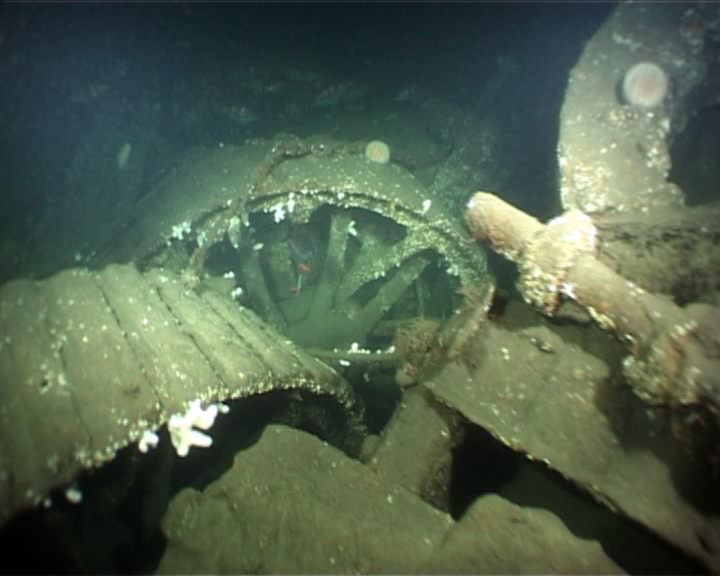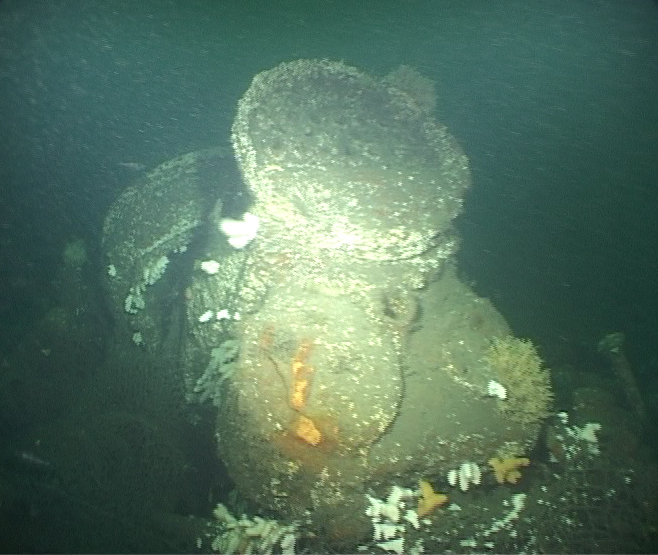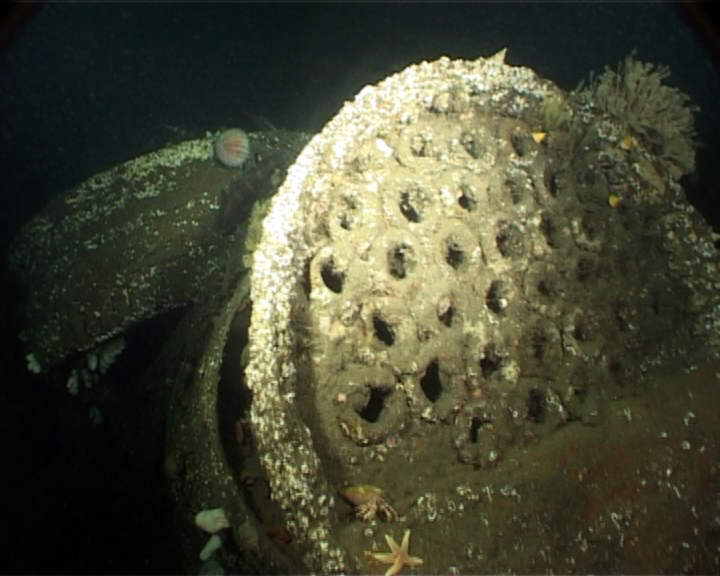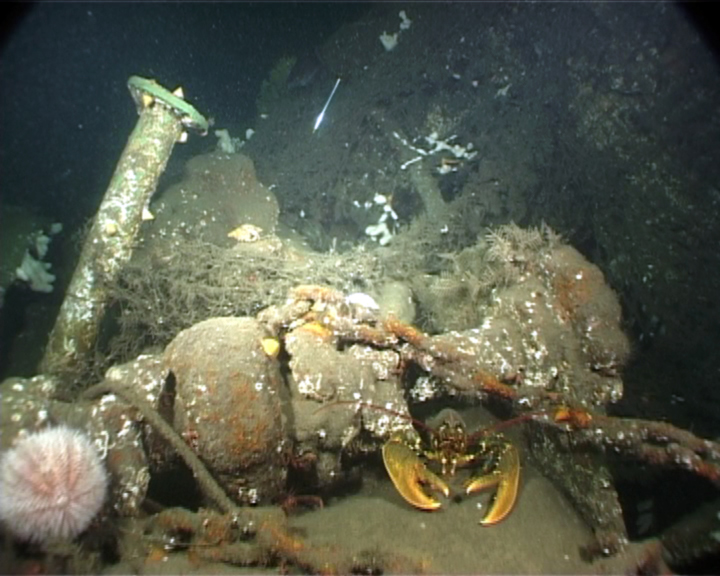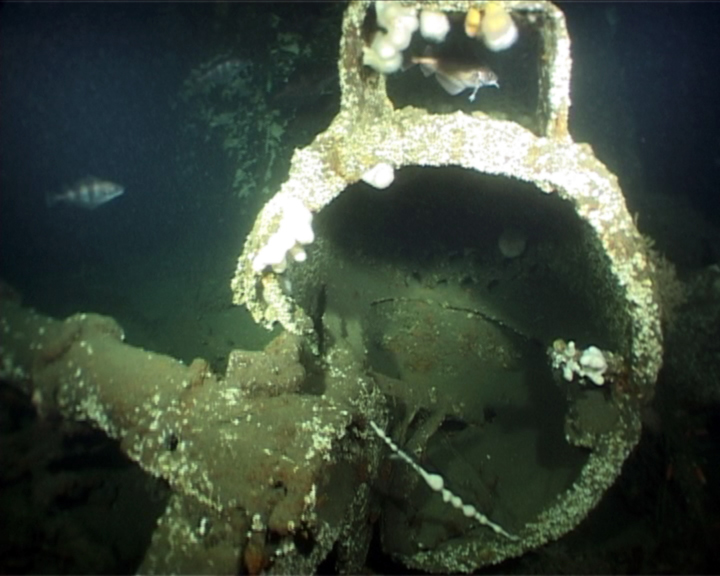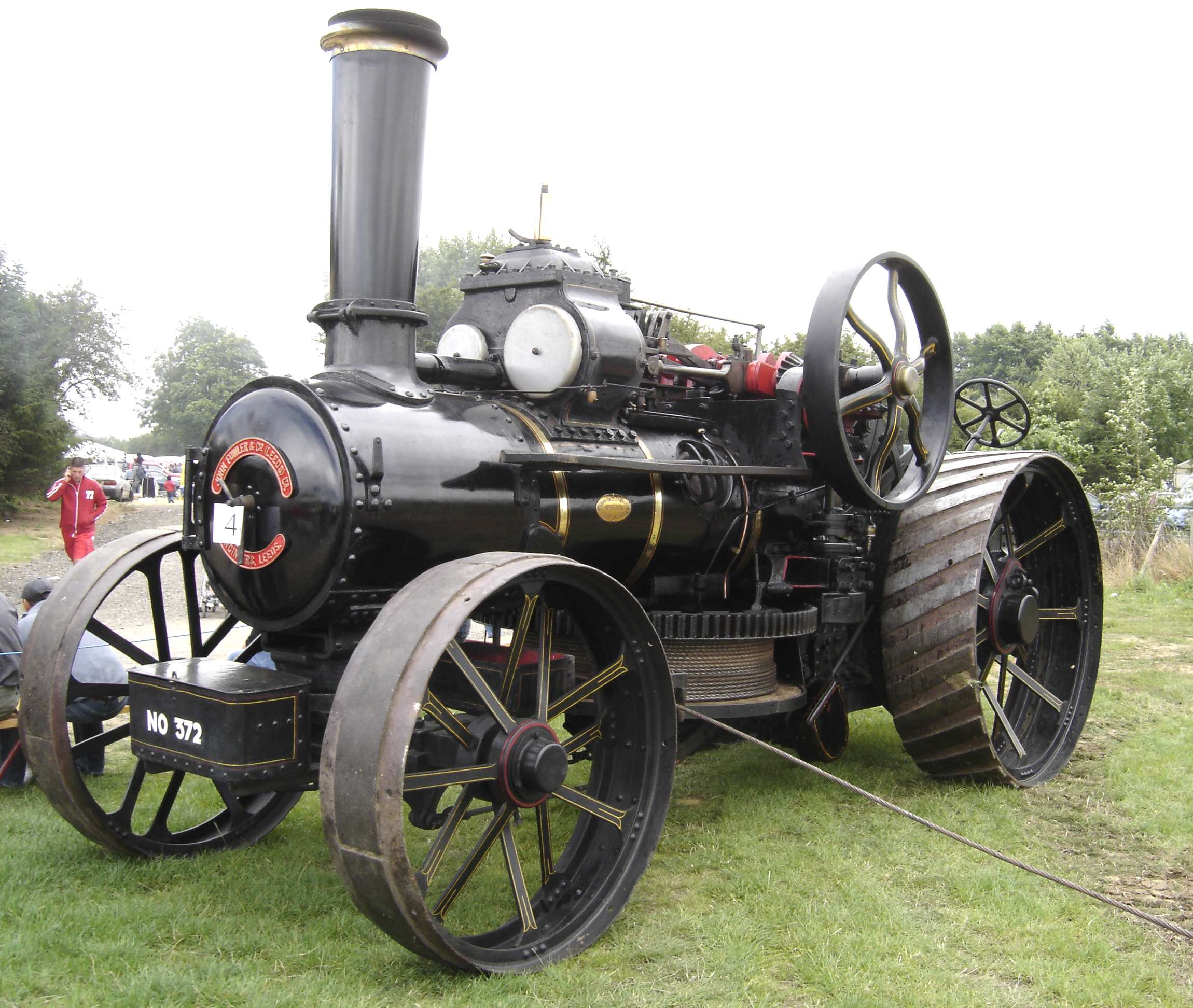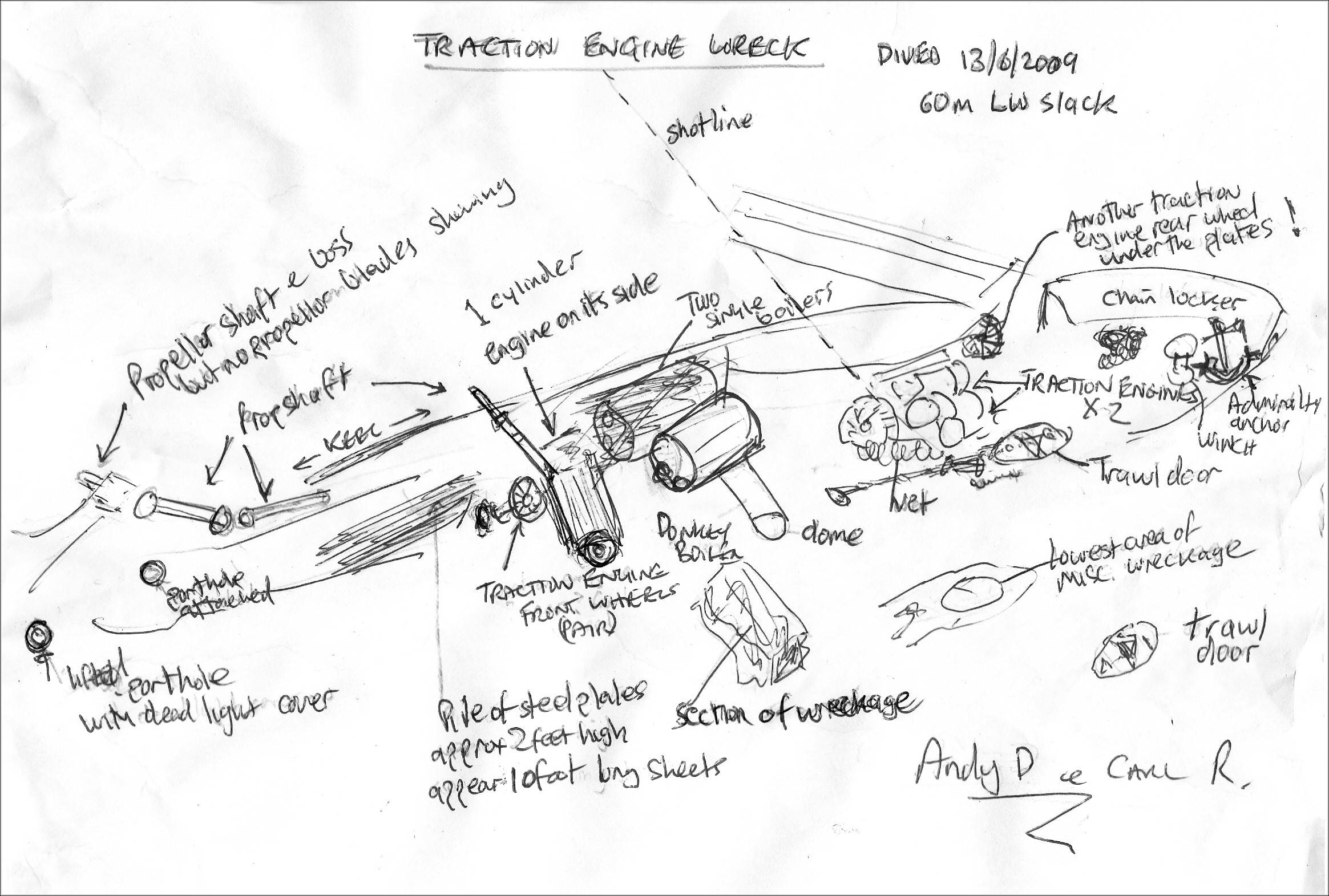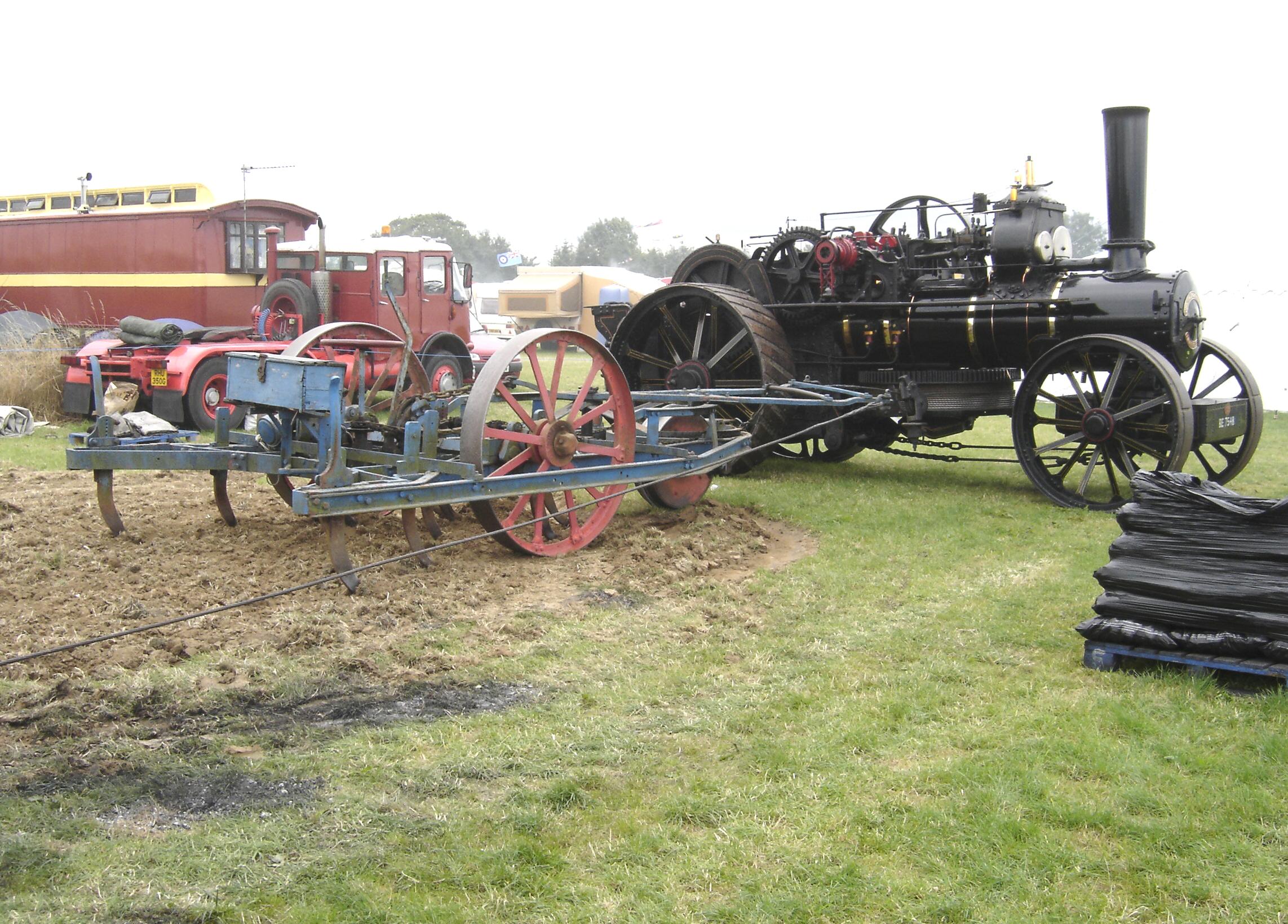
Traction Engines
There is no denying that the Yorkshire has some off the best wreck diving around the British Isles, if only we enjoyed a longer dive season. Diving off this part of the north east coast is as diverse as it is comes including a whole range of wrecks which include U-boats, coasters, steamers and trawlers, however one dive in particular stands out as being quite different. The dive in question may be labeled as a rather mundane trawler but it is part of its cargo of two Fowler Ploughing Engines that stand out as being rather unique.
Diving the wreck Carl and Andrew must have been wondering what lay ahead, finding the traction engines must have seemed quite bizarre certainly not the sort of thing one would expect to find.
This dive is most definitely not for the novice or sport diver seeking to advance their experience. It as most deep dives are off this part of the coast a slack water dive with the added burden of long decompression stops (who says diving can't be fun). The wreck itself has collapsed but is still recognisable, there is lots of wreckage to see, if you are equipped with decent lanterns.
| GPS Latitude: | 54°30.781' N |
| GPS Longitude: | 000°06.913' W |
| System: | WGS84 |
| Division: | 1'=1000 |
| Local Position: | 5 miles north of Whitby and 2 miles off shore |
| Accuracy: | precise 10m~40m |
| Chart No. / Title: | 134 / Tees to Scarborough |
| Seabed Depth (m): | 57 max - 52 min. |
| Orientation: | 100° |
| Vessel Type: | Merchant Cargo |
| Nationality: | British |
| Propulsion: | Sail & Steam |
| Engine: | Simple Single, two single boilers, single screw |
| Hydrographic Data | |
| **H2534/74 30.1.80 BAD OBSTN (WK) REPD IN 543024N,
000642W. POSN BY DECCA. (KINGFISHER BOOK OF TOWS - VOL 1). Reference Used: UK Hydrographic Office |
| Wreck History | |
| This is the wreck of what seems to be a old steamer laying well over on her starboard side. The vessel is well decayed and very broken up. She has 2 boilers with 2 plain furnaces in each. It seems the uppermost ‘port’ boiler has fallen down and is now laying starboard and a little forward of what would of been the original ‘starboard’ boiler. The furnaces face back towards the engine. The single cylinder engine is laying on its starboard side. It has a distinct cylindrical valve on one side. At the bottom of the engine is the long stub of what looks like a prop shaft pointing back and upwards towards the port side. There is another length of prop shaft coming from the engine and this goes down and aft. There is a distinctive large steam valve lying on the seabed next to the top of the engine. There is a lot of debris lying all along the starboard of the wreck especially around amidships. Andrew Jackson, was fortunate enough to have begun his transition to video capture, hence the film footage below. CARL RACEY & ANDREW JACKSON |
|
OLD GLORY - Issue No 912 February 2006 |
Fowler Ploughing Engines Discovered on Seabed - A pair of Fowler ploughing engines have been found at the bottom of the North Sea off Whitby, North Yorkshire - the subsequent unfolding mystery as to how they came to be there was sparked off when one of the divers involved made an approach at the Driffield rally to Old Glory’s Derek Rayner. Carl Racey, a partner in subseatv (www.subseatv.com) came along with a photograph taken the day before of the remains of the engines - and the vessel in which they were being transported. it has not yet been established what the vessel was, or exactly when if foundered, but it seemingly was equipped with one or more vertical engine and was believed could be a paddle steamer. He was interested to learn that Fowler had a branch factory in Magdeburg and it was therefore possible that the engines were on their way to Germany for onward sale for customers farther east.
Charles Roads of the Steam Plough Club has indicated that he believes them to have been built during the late Victorian or early Edwardian era and they were probably complete with plough and water cart - the latter fact would account for the additional large wheels being found which at the time, Carl and his diving partner Andy Jackson, couldn't explain. Having been submerged for probably a century or so, the thin tank would have rusted away, leaving only the main components to be found and puzzle today's adventures. At the time of the first dive in August visibility was good and they videoed what they found although at first they were not sure what to make of the jumble of wheels and boilers in the rotted wreck of the steamship.
Mr Racey said the engines appeared to have been carried on the deck and had rolled over as the ship sank to lie on the seabed with some of the wreckage strewn around them. However, when they spoke to steamship expert Charles Wayne, he said it was a very early steam ship with a very simple engine and could not have been going to Magdeburg, as it couldn't have carried enough coal. This is an exciting find but the changes of the engines being rescued is remote since the huge cost of salvage in a depth of 65 meters and 20 miles offshore would be enormous. The Steam Plough Club’s Fowler registers have been consulted and no specific record has been found relating to Fowler engines being lost at sea, so any help from that direction has not yet been possible. However, the late Alf Pepper, who worked for Fowler for many years, in his diaries recalled a boat being sunk in the North Sea on the way to Hamburg around the approximate time it is thought the ship went down.
When the weather improves, Carl and Andy plan to return to the wreck site, and further exploration might reveal brassware with the appropriate works number - or the ship’s bell with its name, so further identification might be possible. Mr Racey said: ‘It’s a fascinating story and we’d love to get to the bottom of it. This article may jog someone's memory to get us on the right trail. Without a name or a date, getting more information is like finding a needle in a haystack.
Glory - News & Events
Old Glory Website
|
|
|
|
|
|
|
|
|
|
|
|
Photographs courtesy of Carl Racey
© Colin Brittain 1999 - 2022
